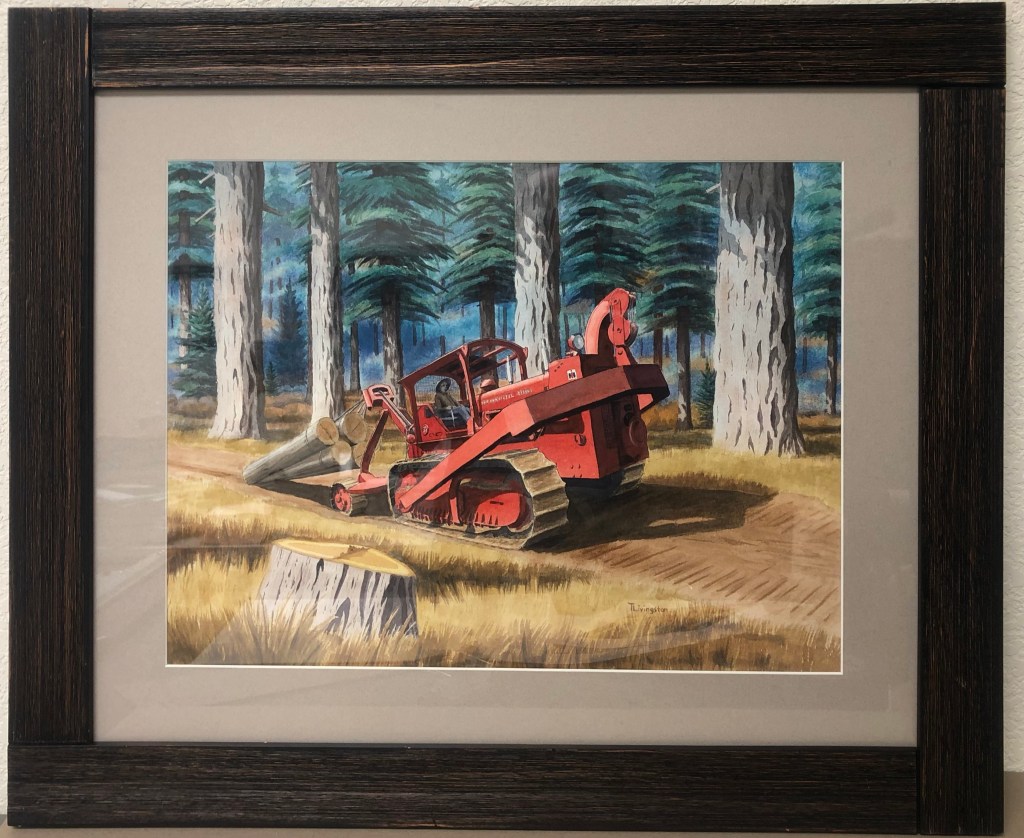


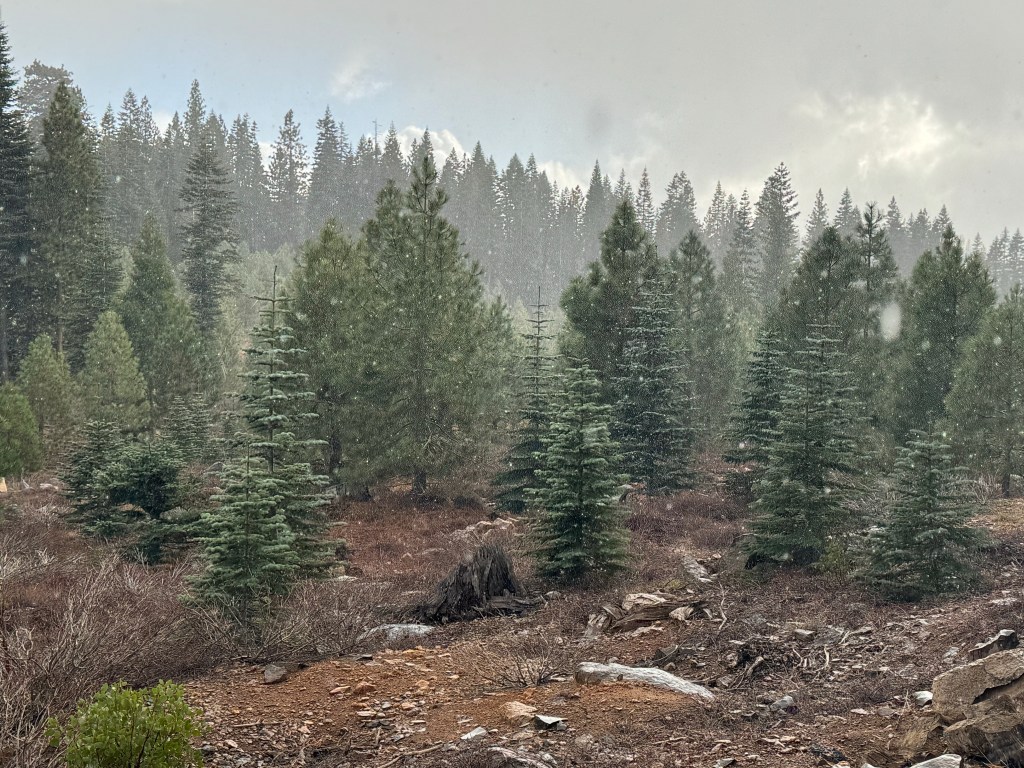





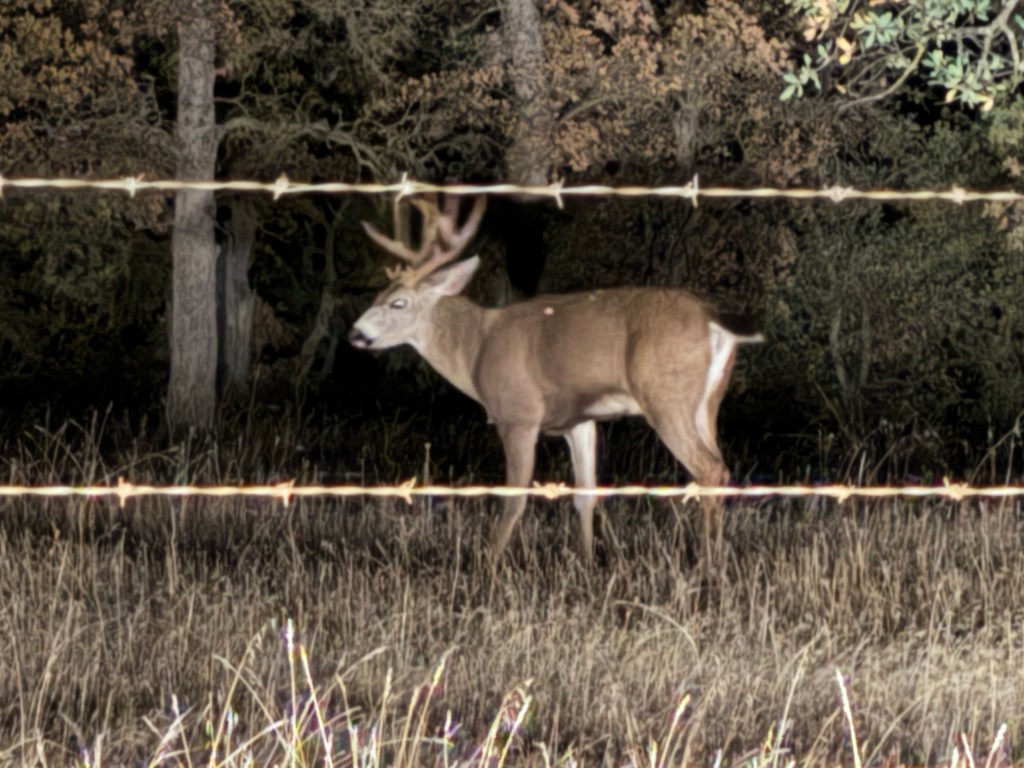











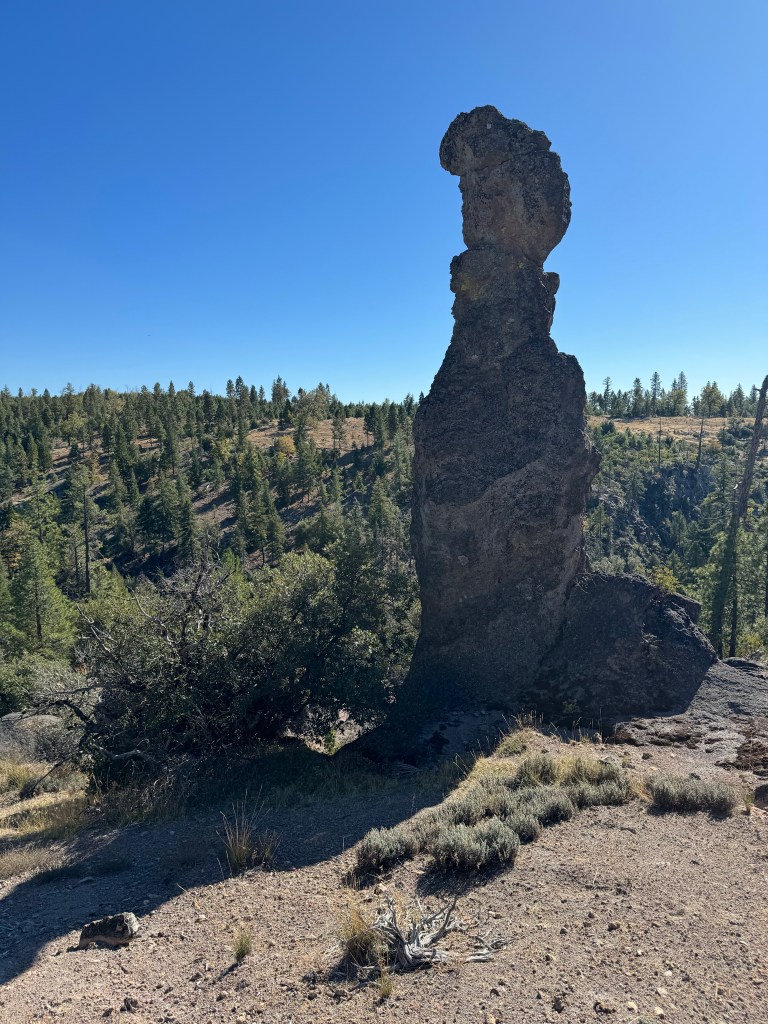

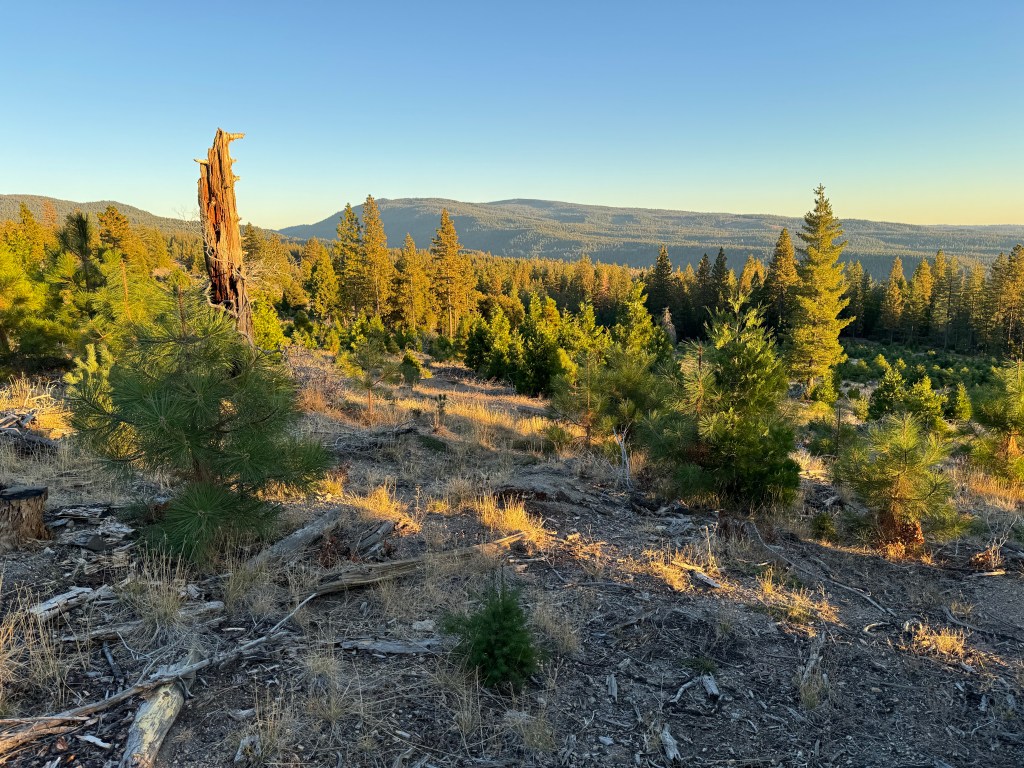
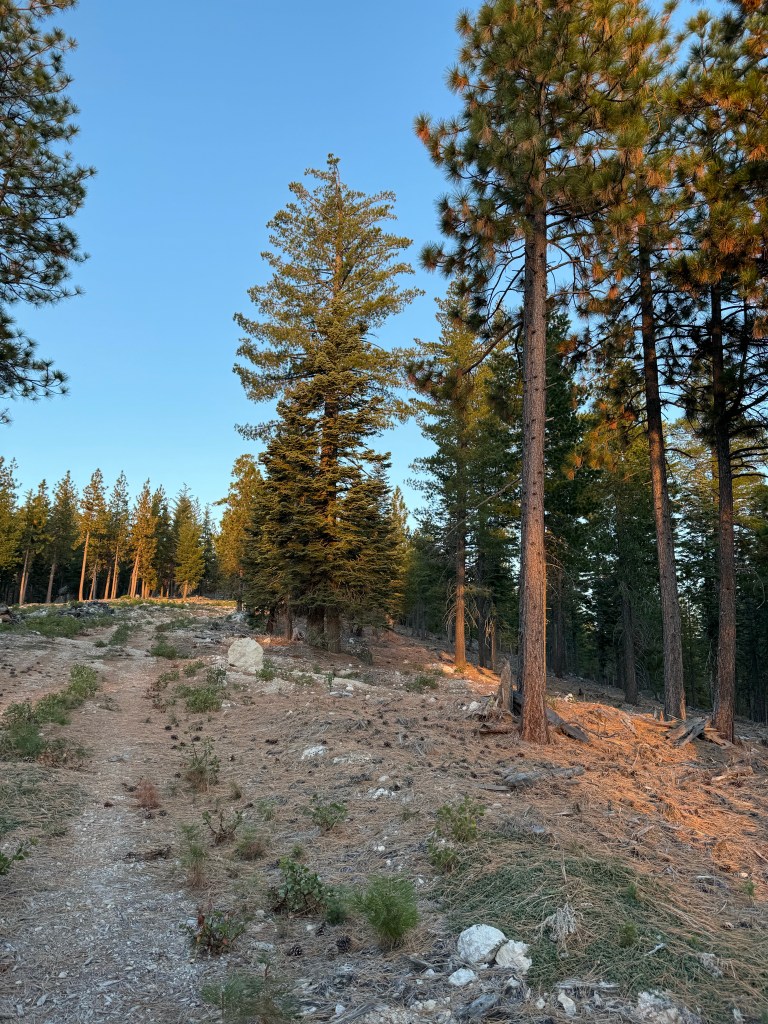


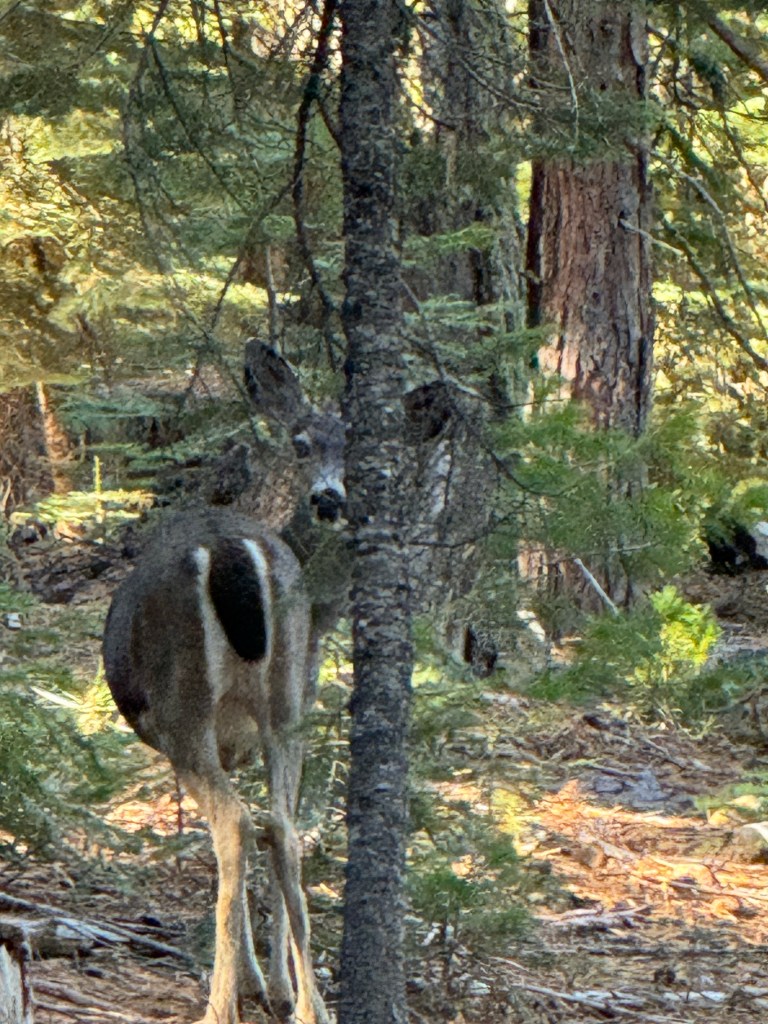

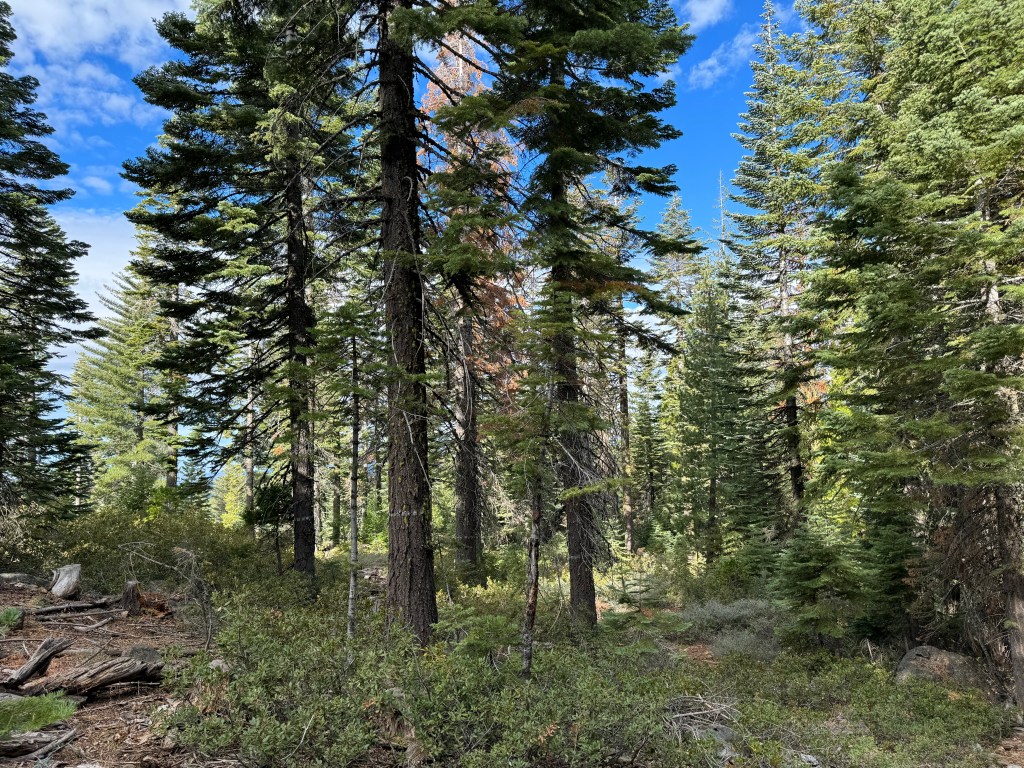







In my happy place.







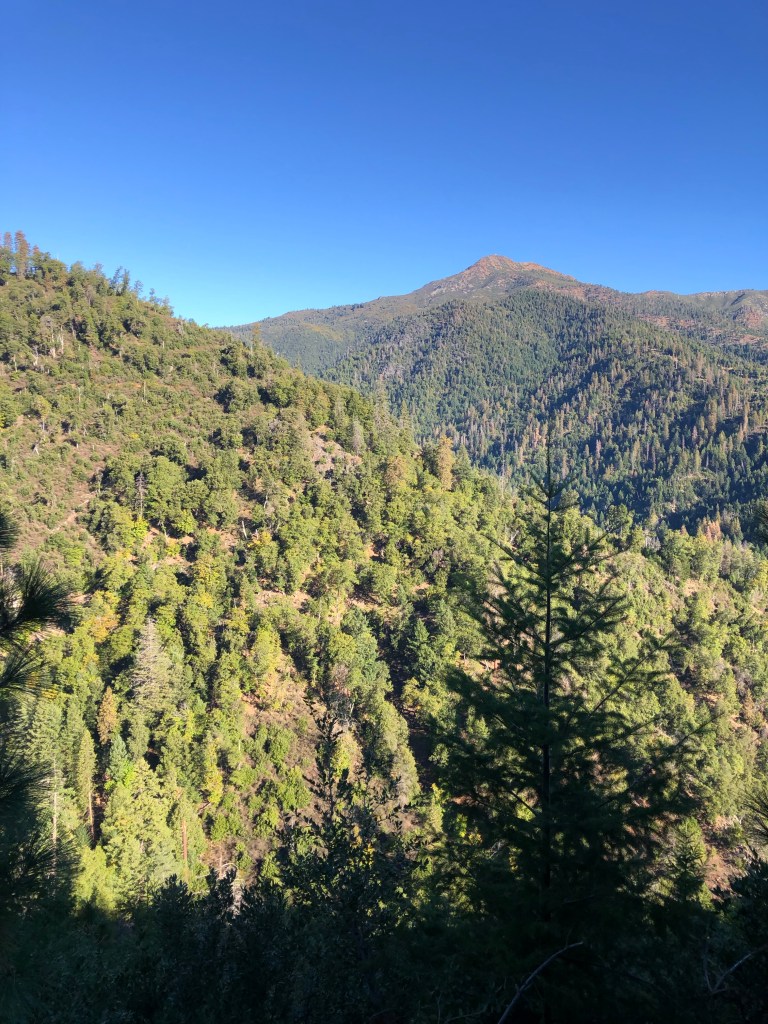
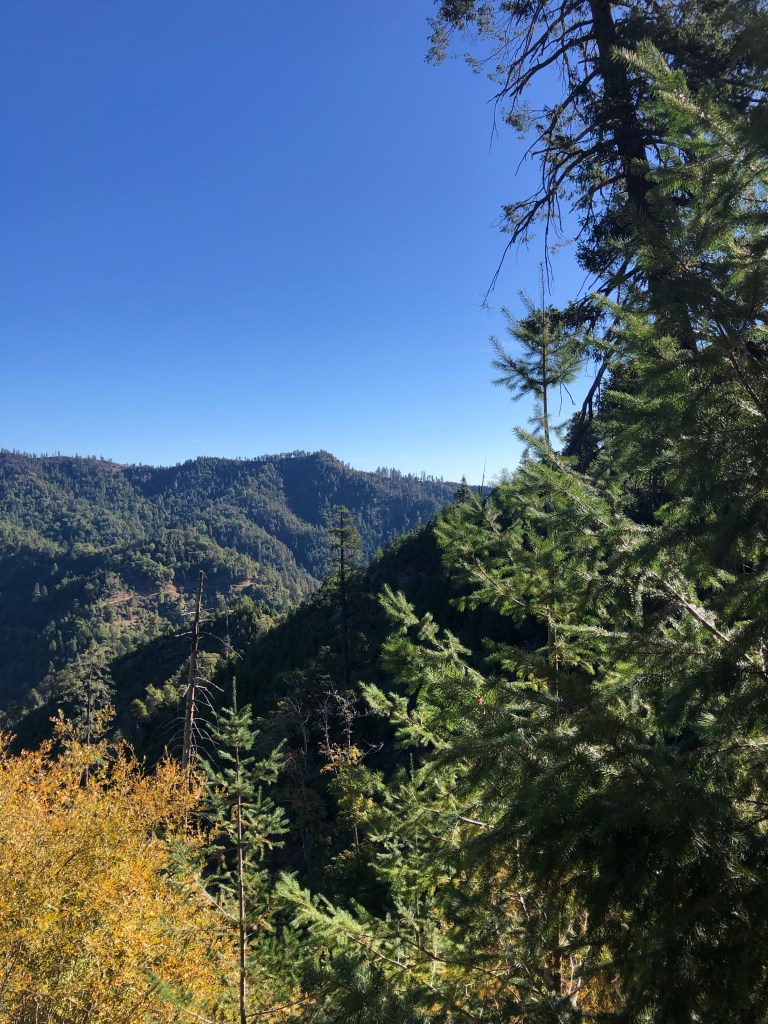


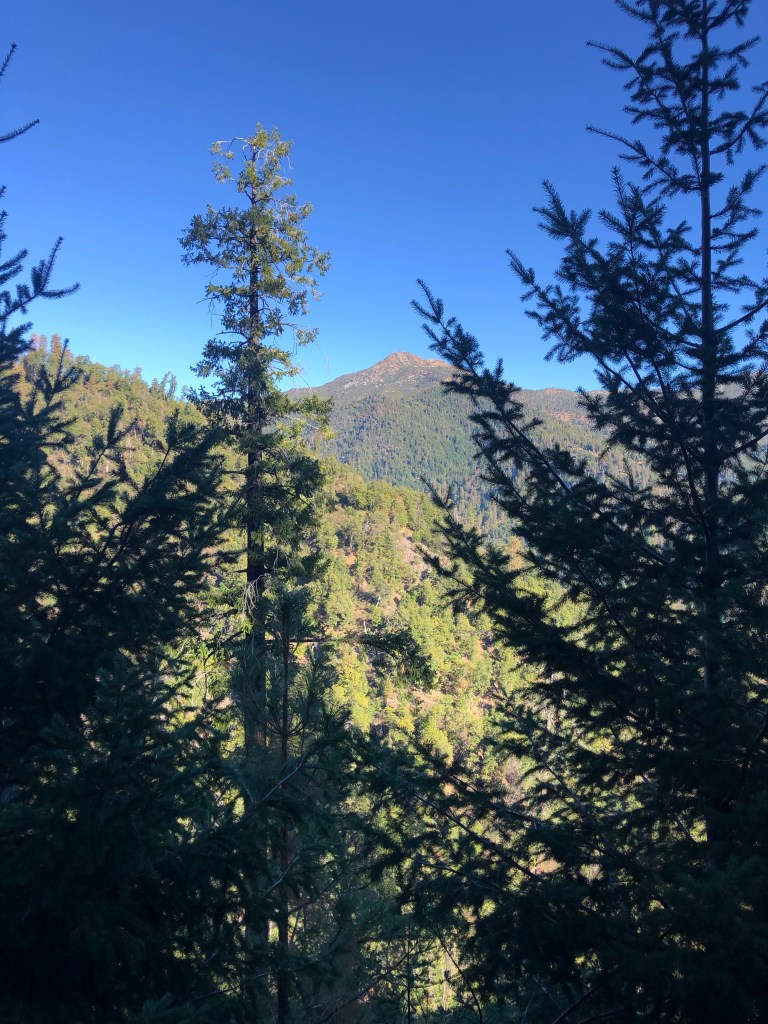










Chipmunk in pen and ink. I took a photo of this chipmunk on the Lassen National Forest sometime ago. He appeared to be on guard duty, but I really think he was posing.

Another successful Sierra Cascade Logging Conference wrapped up yesterday. We donate paintings every year to the Conference to benefit their educational charity. Our art was auctioned off Friday night to raise money for the Environmental Resource Education Fund.

We ended up in a draw. Both paintings were purchased by John Wheeler Logging for $8,000 a piece. In total $16,000 were raised for forestry education.

Here they are side by side. My painting and MaryA Livingston’s painting. May the best painting win! I’d love to hear which painting you like best. No judgement here, I really want to know what you think.

For anyone interested I’m attaching a link for online bidders for the event. All proceeds go to the Environmental Resource Education Fund of the Sierra Cascade Logging Conference. The money supports forestry education programs and scholarships.

The Auction is February 10, 2023, 5pm. The bidding will probably not start until after 6 or 7 pm. There are usually about 50 items in the auction and our paintings typically show up around the middle. Top bidder gets to choose their favorite!

I’ve finished my submission for the Sierra Cascade Logging Conference’s fundraising auction to raise money for the Environmental Resource Education Fund. It’s watercolor 18”x 14.5”. Vintage logging scenes are a favorite theme for me. I’ll be competing against my adorable wife Mary in a head to head competition to see who raises the most money. The winner gets bragging rights. I’ll post the paintings side by side in the next few days and you can judge which is your favorite.
I put together a progression video. I hope you enjoy.
I’m working on a painting for auction at the Sierra Cascade Logging Conference. It helps raise money for their forestry education fund. Here’s the WIP.

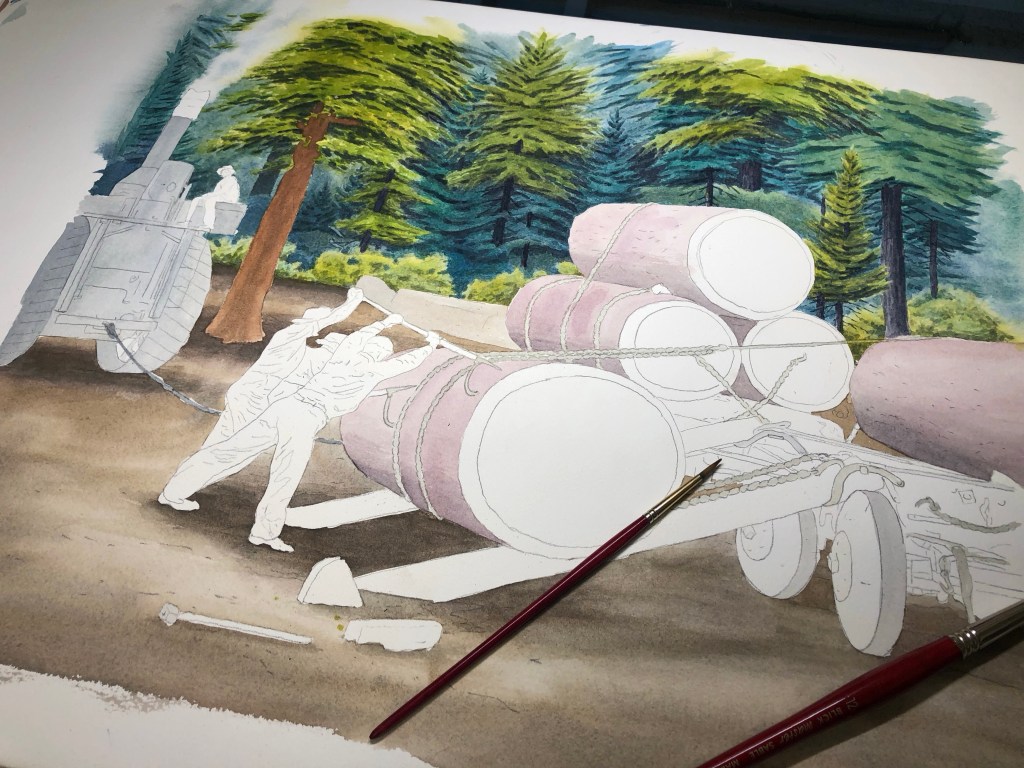

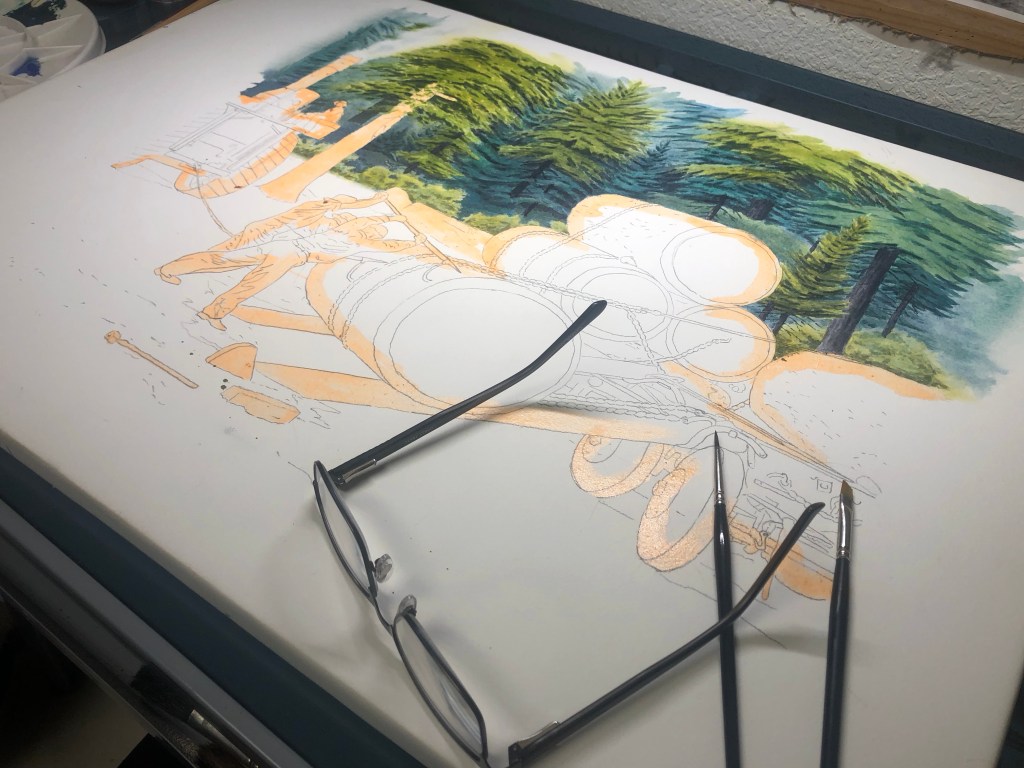


I’m starting my new piece of art for the Sierra Cascade Logging Conference Forestry Education Fundraising Auction. That’s a mouth full. I don’t have anything to post yet, but here is last years entry.

I’m going to need to top this one! Stay tuned for my progress reports.
Here’s one I recently finished. This painting has been donated to the Pacific Logging Congress for their fundraiser auction.
